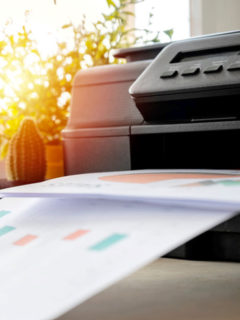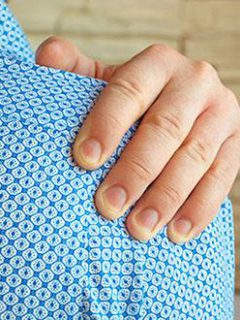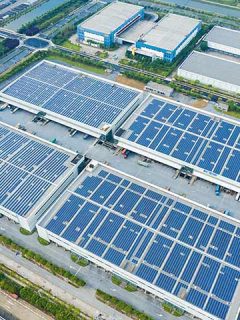Les états membres de l’Union Européenne s’engagent depuis des années déjà à réduire l’utilisation des sacs plastique légers. La directive européenne 2015/720 stipule que les sacs en plastique doivent avoir une épaisseur d’au moins 50 microns (= 0,05 mm). Les sacs légers que vous receviez au supermarché, par exemple, disparaîtront donc petit à petit. Fort heureusement, le commerçant que vous êtes a un large choix d’alternatives.
Top 5 alternatives for unwanted plastic bags
► 1. Kraft paper bags
Kraft paper bags are an obvious alternative to plastic bags.Kraft paper is a very strong material.A small bag can hold up to 12 kilos and a medium sized bag can easily carry up to 14 kilos.What are the specific advantages of these bags?
- They are compostable and disintegrate in just a few months.
- The recycling process is very simple; kraft paper can be recycled up to six times on average.
- The consumer can easily reuse the bag several dozen times.
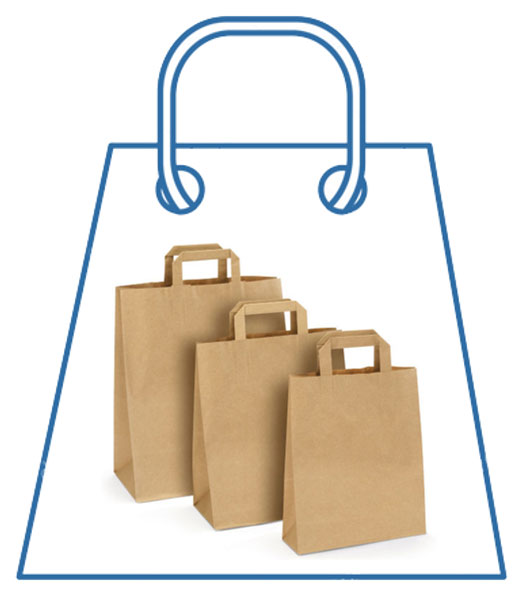
► 2. Plastic bag ≥ 50 micron
FYI: the ban does not apply to all plastic bags. Stronger variants of more than 50 microns are, however, still allowed. Micronage indicates the thickness of the plastic. The higher the value, the thicker the plastic will be and therefore stronger. It is then easy to use them for longer. This “reuse” is just one of the cornerstones of the circular economy that the EU is putting in place.
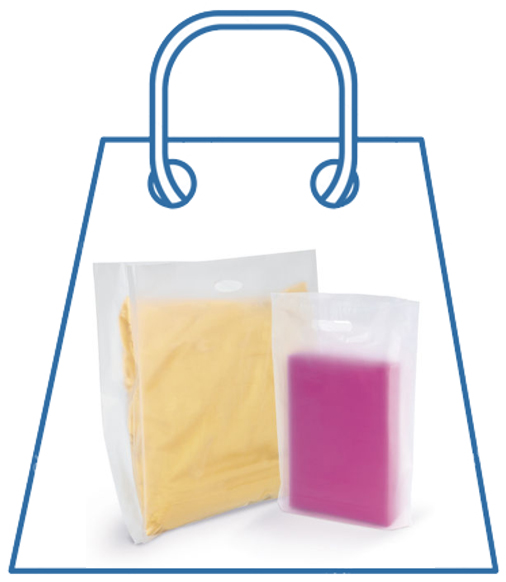
► 3. Polyester bag
Polyester bags are reusable indefinitely.Polyester is a common fabric in the textile sector.This fabric resists wrinkling and retains its original shape optimally.It absorbs virtually no moisture and is resistant to sunlight.These bags can easily be folded and inserted into your handbag or pocket.This way you always have a bag for shopping within reach.
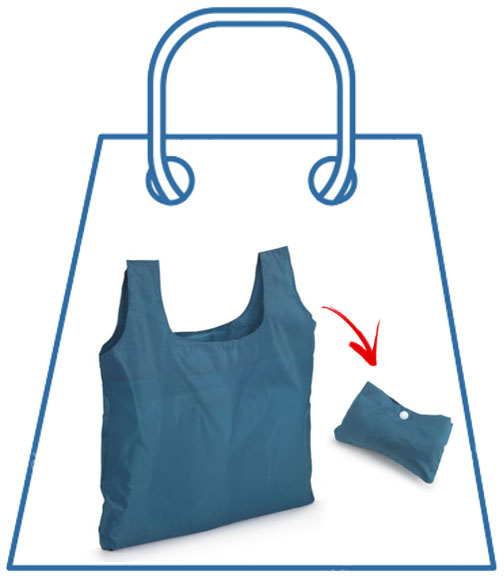
► 4. Burlap or cotton bag
Cotton or hessian bags are not only sturdy and practical, they are also trendy.Cotton bags are easy to fold and store in your pocket or purse.Cotton is, by nature, a very durable material.It does not wear out and guarantees long-lasting quality.After cotton, hessian is the most widely used natural fibre.Hessian bags are durable, very strong and can be composted.
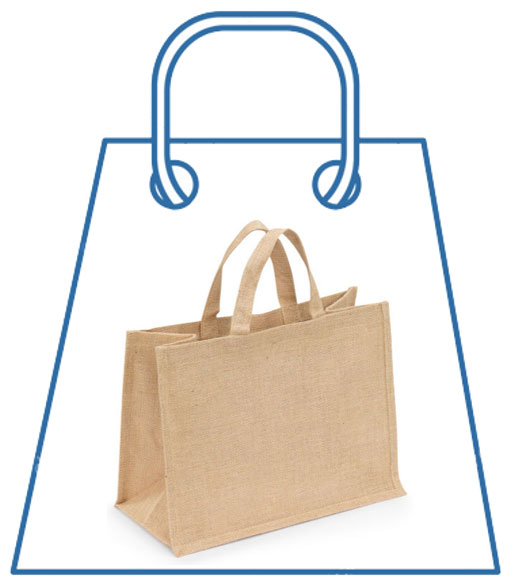
► 5. Polypropylene bag
The last type of bag we’ll talk about is polypropylene. Polypropylene is one of the most widely used plastics. It barely deforms, is very strong, unalterable and heat resistant. Unlike the lightweight plastic bag, a polypropylene bag can be used up to 400 times.
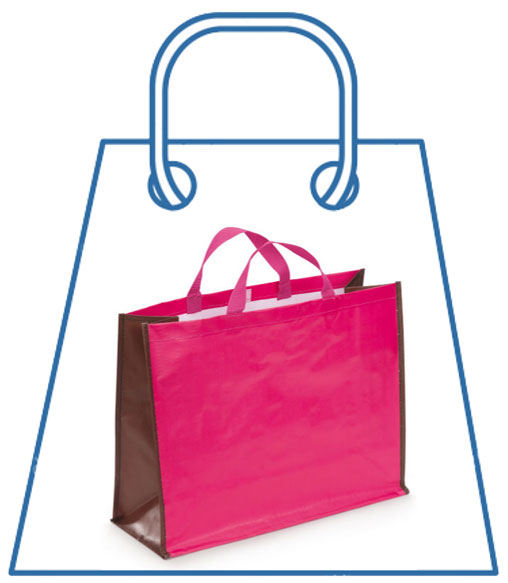
Le Pacte Vert est le plan d'action européen visant à faire de l'Europe le premier continent neutre sur le plan climatique d'ici 2050. L'une des stratégies les plus importantes pour y parvenir est de construire une économie circulaire. Comment cela se traduit-il en termes d'emballage ?
D'ici 2030 au plus tard, l'UE souhaite que tous les emballages soient réutilisables ou recyclables. Les produits et services qui ne peuvent être utilisés qu'une seule fois seront déconseillés, voire interdits - comme c'est le cas pour les sacs en plastique très fins. Seuls les sacs faciles à recycler ou souvent réutilisables peuvent encore être mis sur le marché.
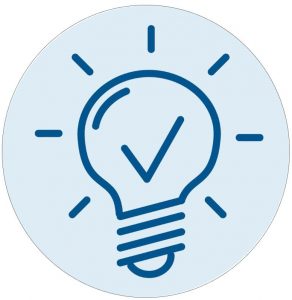
Did you know that,
as
well as being reusable, the above bags are also customisable. Your brand would be visible everywhere, whether on a shopping street or in a room in your customer’s home. Think about it!











